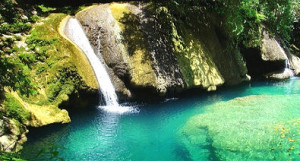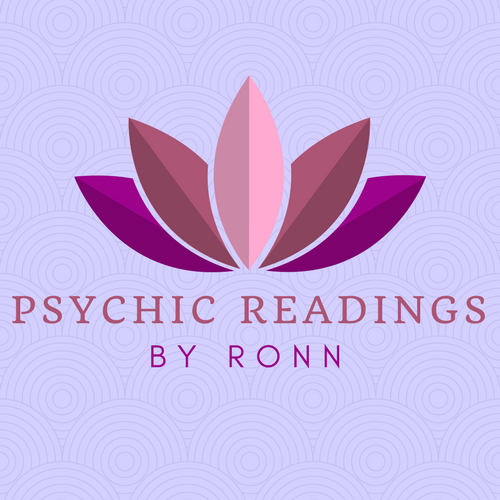
Jamaica has a long and unique spiritual history.
The history of Jamaican spirituality explained by Bernard Jankee.
The kumina was a musical and religious form originating with the Congo people. The dance features lots of hip movement, the use of flat-footed sliding of the feet and breaks. Drums and singing are included in the ceremony. These breaks in the dancing are the result of the musical instruments, which give clues as to how to move your body. These sessions are not intended for entertainment.
Soon, the revival bands began forming in Jamaica. These groups came from different parts of the world – even as far out as Germany. Ettu, another spiritual group, came to Jamaica with indentured servants.
In the 1930s, Rastafarianism began. Rastafarian draws heavily on other religious practices and has become more and more modern.
Symbols
Water is almost a universal symbol across all types of spirituality in Jamaica. Christian churches use wine and white rum is used in kumina, ettu and revival ceremonies.
These symbols are starting to become intertwined – a result of globalization. Rastafarians have begun dancing kumina.
Spiritual possession is something that occurs across both the kumina and ettu ceremonies. During these ceremonies, people will feel as though a spirit enters them and takes control of their body.
Blood sacrifices are part of some rituals, with goats and other animals being slaughtered. These animals were then skinned and eaten.
Christmas Disturbances Law
Jankee told an anecdote about the 1841 Christmas Disturbances Law. The law banned the playing of musical instruments during the season and resulted in some children getting arrested. Riots followed the arrests, led by the mothers of the children involved.
